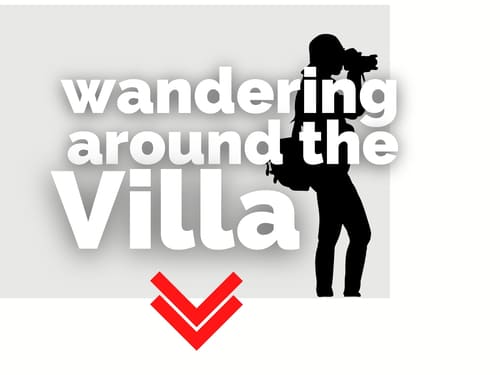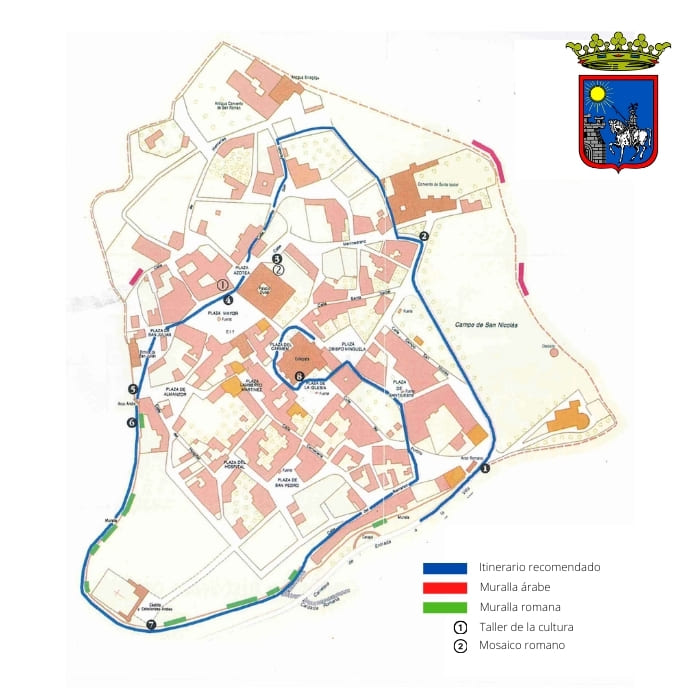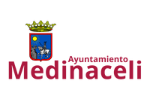
Medinaceli: Historic Town in Spain with a Unique Roman Arch
Step into the enchanting streets of Medinaceli and experience the charm of a town where history lives in every corner. From ancient monuments to vibrant local culture, this hidden treasure in Spain awaits your discovery.


1 Roman Arch: Unique in the Peninsula for its triple arcade, orientalizing, probably from the first third of the IIth century. In line with the wall it looks at the valley, at Antonino’s itinerary (from Caesaraugusta to Toledum), indicating to the traveler the border between the Clunian Legal Convent and the Caesaraugustano. The signs on the frieze points to a lost inscription; other reliefs or marbles in the blind temples would also inform about their mission.
2 Convent of Santa Isabel: Founded by the Poor Clares in 1528, the only active one of the four convents that the Villa had long ago. It is organized around a central patio and is attached to the church of San Martín (romanesque origin, extensively restored in the 18th century). It shows on its front the windows with moldings and a beautiful segment arch framed with the Franciscan cord.
3 Church of San Román: Monstery of Jerónimas until 1939. Parish until 1558. Dated in the 13th century, its construction was possibly built on a synagogue.
Medieval fridge: Cylindrical shape; covered with a dome and located on the northwestern slope of the town, we can include it in the so-called «snow wells». It is made of limestone ashlars, together with some tuff and / or sandstone bound with mortar. It shows a low lintel door on the northwest side and a small window open to the south.
4 Plaza Mayor: On the Roman forum. A complex of great beauty where the Palacio Ducal and the Alhóndiga (17th century) stand out. The Palace, from Renaissance (XVI-XVII) is organized around a central patio, with semicircular arches in the lower gallery and lowered ones in the upper one; Equally impressive is the access stairwell. The two towers that crowned the ends of the facade are missing.
5 Arab Arch: One of the four gates (on Kardo Street) of the primitive Roman camp. It had to be rebuilt and slightly varied in its position in Arab times (hence its name) and retouched after the reconquest when it takes its current appearance of an ogival arch. The box of the access staircase is impressive. Unfortunately, the two towers that crowned the ends of the facade are missing.
6 Walls: Remains of Celtiberian foundations have been found on which the Romans built with large sillres. Upon their arrival, the Arabs found «many ancient signals that cannot be lost» and Galib, by order of Abd al Rahman III, rebuilt the defenses in 946. The Castilians succeeded them in the work and in 1128 Alfonso VII restored them again . The different styles are well visible in the surviving canvases.
7 Castle: Currently used as a cemetery, its few and reconstructed remains are located where the Arab Alcazaba (political and religious center of the city) was built. Later, it was the castle of the Counts of Medinaceli until its transfer to the Palacio Ducal.
8 Collegiate church of Nuestra Señora de la Asunción: Raised in 1561 (late Gothic) by the fourth Duke of Medinaceli on a Romanesque church (one of the twelve existing in 1196) of which a crypt has been observed under the main altar. In addition to its architecture, you can admire interesting Gothic ironwork, 16th century Christ, tombstones, Baroque altarpiece, various paintings …
Need help?
Don’t hesitate to contact the Tourist Office.
📍 13 Campo de San Nicolás Street, next to the Roman Arch
☎ +34 975 32 63 47
Opening Hours
Monday to Sunday
from 10:00 am to 6:00 pm



